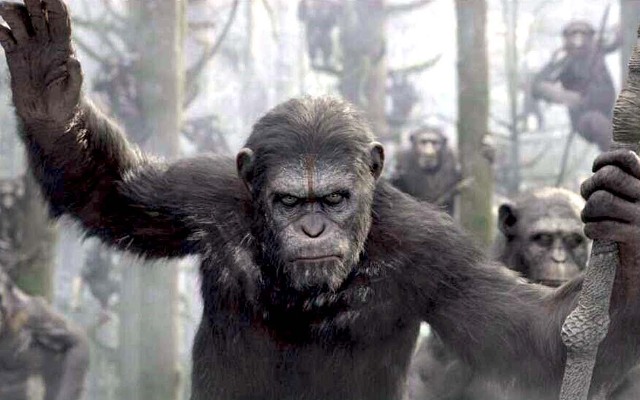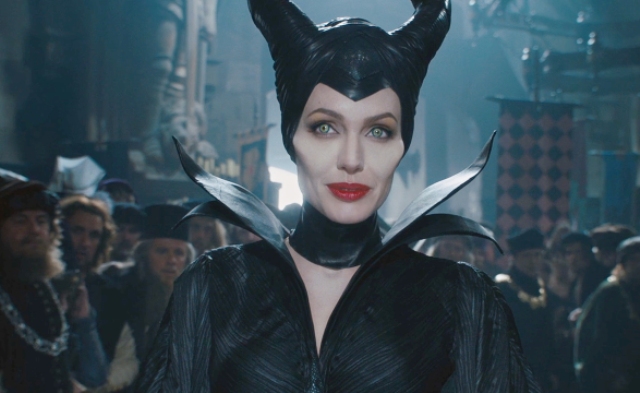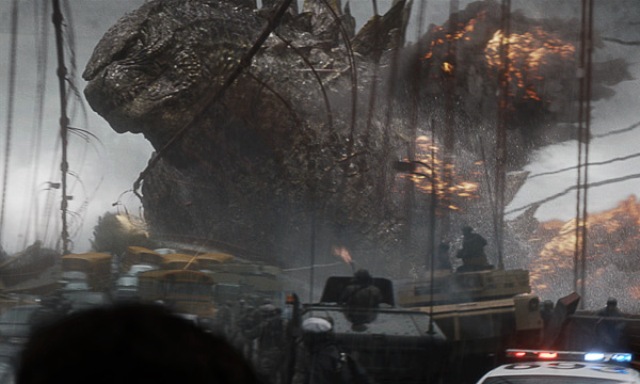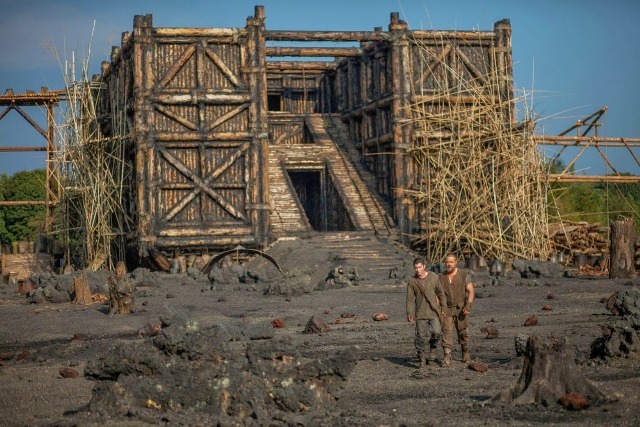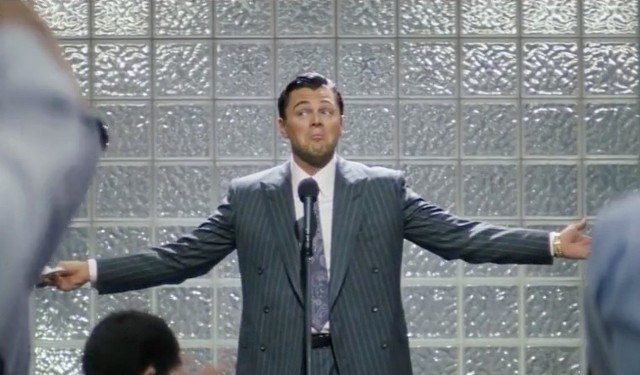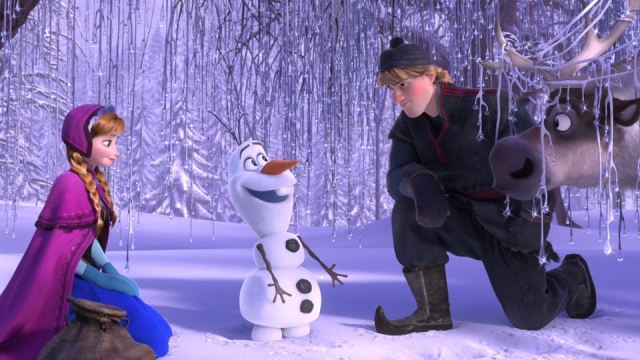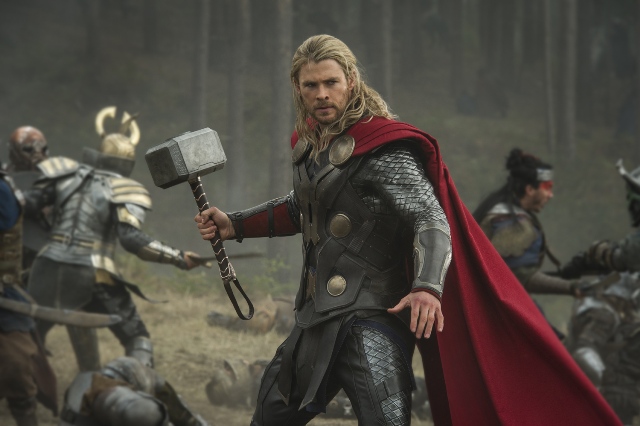There are few popular franchises out there that feel as peculiar as the Planet of the Apes series. Those “damn dirty apes,” as Chuck Heston so famously called them, have become the stars of one of Hollywood’s longest lasting and profitable franchises. Just by looking at the premise on it’s surface, it’s any wonder why this series has become so influential. In essence, it’s a campy sci-fi series that once relied upon actors wearing monkey masks, but when looking closer, it’s clear that there is so much more to these movies. The original Planet of the Apes was based on the novel of the same name by French author Pierre Boulle, and was quite an ambitious and gutsy undertaking at the time. Instead of using the source material as a basis for an exploitation action treatment, 20th Century Fox decided to do an earnest adaptation and retain all of the social commentary and underlying themes contained in the original text. Couple that with assured direction from Oscar-winner Franklin J. Shaffner (Patton) and a cast of quality actors like Heston, Roddy McDowall and Kim Hunter, and the result was a critically acclaimed action thriller that served as a touchstone film for American cinema at the time. The success of the original was probably due to the fact that it wasn’t a dumbed down treatment, and it actually challenged it’s audiences, dealing with key issues like civil rights and nuclear proliferation, which were on people’s minds at the time. Also, there was that memorable and bleak twist ending that people still talk about today; which came courtesy of Twilight Zone scribe Rod Serling. Overall, Planet of the Apes proved to be a monumental film because it was far more intelligent and challenging movie than you would be led to believe, and the ability to preserve that trait in the series is what has made or broken every film thereafter.
Indeed, it’s whenever the series dumbed itself down that it has faltered. Sometimes when new filmmakers come in, they see the Ape costumes and makeup as the main appeal of the story for audiences, but that’s not the case. It’s seeing our world reflected back at us through this alternate version that we find so intriguing. What’s frightening about the concept of the story is that humankind loses it’s freedom and identity when a new dominant species rises above them, and it makes us look at ourselves and how we’ve unwisely used our own power to subjugate other people. That’s the true terror behind the story; that apes have become so human in the worst ways, and that humans are now the ones suffering. Whenever the series strayed from this idea, it lost much of the edge that the franchise is known for. The series continued through Beneath the Planet of the Apes (1970), then Escape from the Planet of the Apes (1971), and then it concluded with a saga that introduced the character of Caesar (played by Roddy McDowall) with Conquest of the Planet of the Apes (1972), and Battle for the Planet of the Apes (1973). It was a rapid fire series that remarkably sustained it’s popularity until the G-Rated Battle under-performed. It wasn’t until 2001 when Tim Burton made his reboot that we saw the apes on the big screen again, and it proved to be a huge misfire. This is mainly due to Burton’s lack of insight into what made the original so effective, and instead the movie is filled with more action set-pieces than actually social commentary. It would take 10 years before the series would be given a second life thanks to a refocused attempt at bringing the franchise back to it’s basics. Instead of returning to the very beginning, the new reboot instead looked at the Caesar saga for inspiration, particularly drawing from Conquest’s story-line, and the result was the surprisingly successful Rise of the Planet of the Apes (2011). Rise helped to reinvigorate the dormant franchise and it continues again with this year’s newest entry, Dawn of the Planet of the Apes.
Dawn takes place 10 years after the events of Rise, following the outbreak of a deadly virus that has wiped out almost all human life on the planet. This same virus, which has been dubbed the Simian Flu, was used in the Rise story-line as the thing that gave the Apes their human-level intelligence. Caesar (played in both Rise and Dawn by Andy Serkis) was the first successful test subject and with his extraordinary intelligence, he led all the other Apes in revolt against the humans. In the years since the virus took it’s toll, the Apes have thrived under Caesar’s leadership, while the remaining humans scramble for what’s left of their society. At the beginning of Dawn, a group of human explorers stumble into Caesar’s camp. Led by a peaceful engineer named Malcolm (Jason Clarke) the humans only wish to restart an old hydroelectric dam in the middle of Ape’s territory, so that they may have the power to contact the outside world. Caesar doesn’t trust them at first, but reluctantly allows them to do their work in order to avoid further conflict. Taking the diplomatic approach works well for both camps as Caesar and Malcolm learn a mutual respect for one another. This harmony is broken, however, when a vengeful ape named Koba (Toby Kebbell) wishes to start an all-out war with the humans in order to wipe them out for good. Meanwhile, in the nearby human colony, housed in the ruins of San Francisco, the colony leader Dreyfus (Gary Oldman) is resorting to ever more drastic means to keep order within amongst his people. All this leads to a powder keg that is ready to erupt, which will test Caesar’s ability to lead his community and bring the humans and the apes to an inevitable conflict.
What I like about this film, and the movie that it follows up (Rise), is that they both keep to the original spirit of the first film in the series, without having to retread old ground. Instead, they expand on the universe by filling us in on how Apes came to conquer human beings and become the dominant species on the planet. It follows the same evolution of the saga that Conquest of the Planet of the Apes delivered, but shown in an entirely different way that builds perhaps a little more believably than those early films did. In fact, the best thing about these new films is that you don’t need to see any of the other entries in the series in order to understand what is going on. They stand on their own as fully realized narratives, although it might help to have seen Rise before Dawn, especially when it comes to understanding where the virus came from. Other than that, Dawn does what all great sequels do and that’s to expand the world that’s been set up before and take it in a new, unexpected direction. Indeed, Dawn works in many ways that Rise had failed to do; although there were a few things that Rise did better, but I’ll get to that later. What I liked best about this movie was that it kept the intelligence that the series is best remembered for. It doesn’t resort to cheap plot twists and mind-numbing action. It actually uses most of it’s run-time to build character and atmosphere, which both brings out the best elements of the franchise and also makes this movie feel like something new as well. Indeed, it does still feel like a Planet of the Apes movie, but one that is less inclined to reference anything else from the series. Really, the only references I can remember to other movies was seeing Caesar and his fellow apes riding horses in a few scenes, and also giving one of the Apes the name Maurice ( a clever nod to original Dr. Zaius actor Maurice Evans).
But if you want to look at what really makes this particular film notable, it’s the performance given by Andy Serkis as Caesar. Serkis has pretty much become the master of motion-capture acting, gaining notoriety over everyone else in this particular field. Probably best known for his motion-capture and voice work as Gollum in the Lord of the Rings and Hobbit series, Serkis has taken his expertise with the process and used it to create a truly memorable protagonist with Caesar. It’s amazing how advanced this kind of animation has progressed over the years, becoming increasingly more capable of capturing an actor’s full performance in a digital character, and Andy Serkis has taken full advantage of that. Caesar really commands every moment he’s on screen, and Serkis deserves all the credit in the world for finding the humanity in the character and bringing it out through all the layers of performance. The animation team should also be commended for picking up all the little gestures and subtlety in Serkis’ performance, because it all helps to make Caesar feel absolutely real. I’m glad that the Apes franchise has served as a great platform for Andy Serkis to expand his talents as a performer, and indeed here he is the film’s primary star. The same care with the performance capture also extends to the other cast members playing apes as well. I particularly like the way that each ape interacts with one another, with body language playing an integral role in the establishing character. I also like how speech is used sparingly between the different apes, making it’s usage feel all the more powerful when it happens. Serkis (who also provides Caesar’s voice) came up with an interesting way for the apes to speak that feels natural and unlike anything we’ve seen in the series before. It may come as unusual to see digital apes replace the costumed ones that the series was known for in the past, but when the end result works as well as these do, it’s hard to argue.
Unfortunately, the same cannot be said with the human cast. Indeed, one of the things that Rise of the Planet of the Apes did better than this film was to build up it’s human cast of characters; which is understandable considering they were much more important to the plot. In that movie, we had James Franco’s scientist motivated by his drive to cure the Alzheimer’s disease in his dying father (played by John Lithgow) as well as his conflicted dilemma when he grows too attached to lab monkey Caesar, whom he helped raised; both of which drove his character development in the movie. In this film, the human characters are more or less just defined by their purpose in the plot and nothing more. None of them are really unlikable, though; there’s just nothing to define them. Jason Clarke does the best that he can, but in the end, his character is just forgettable in comparison to Caesar. Gary Oldman gets even shorter shrift in the movie, reduced to little more than an extended cameo. I felt that it was a waste of an actor of his talent, and I wished they had used him more. His character’s motivations also don’t make much sense in the movie; with him starting off as a reasonable leader in the beginning, then becoming an almost zealous antagonist by film’s end. It’s a whiplash in character motivations that I wish had been better explained. Now while the apes’ story-line is effectively drawn throughout the 130 minute run-time, it’s the human characters that suffer. This may be a rare case where I think an even longer cut may have helped a movie, just so that we can better understand the human characters, much like how Rise was able to. There was some of that there in the film, like when Oldman’s character reacts to seeing pictures of his long dead family for the first time in 10 years in a beautifully acted scene, but it was too few and far between. The movie just needed to have a little more balance, and that’s all.
But, other than it’s under-drawn human characters, the remainder of the movie is exceptionally well crafted, if not particularly groundbreaking. Indeed, the movie stays true to formula, but it’s done so effectively that you don’t mind it so much. The pacing of the movie is excellent, never feeling bloated or rushed at all, and it does lead up to a very satisfying conclusion. Again, the apes are definitely the film’s highlight, and the attention given to establishing their society really makes this movie feel unique. I commend the production design team for making the post-apocalyptic setting feel natural and not at all overdone. There’s an interesting contrast in seeing the organic and thriving Ape village juxtaposed with the decaying human world in this movie, and it establishes perfectly how the story is going to play out without ever stating the obvious. I also loved the musical score by Oscar-winning composer Michael Giachinno (Star Trek, Up), because it pays homage to the late Jerry Goldsmith’s iconic themes from the original film’s score, without ever copying it directly. It also helps to make this film feel right at home with the other movies, especially in helping to drive the mood of the scenes. The cinematography also gives this movie a nice epic feel, even when working with a narrower frame (this is the first film in the entire series shot in the 1.85:1 aspect ratio, whereas all other entries were in the scope 2.40:1 format). It’s an interesting creative choice made by director Matt Reeves, who makes the film feel both intimate and grandiose in a well-balanced way. The movie takes some creative risks, but they pay off and work to the film’s advantage, and honestly, that’s what a Planet of the Apes movie should do. In that respect, it’s staying true to it’s legacy.
As far as summer movies go, Dawn of the Planet of the Apes is a film that is well worth your time and money. Is it a perfect film? Not exactly. It’s flawed in some of it’s character development and plotting, but not in a way that hurts the overall film. I certainly recommend seeing the movie just to take in the absolutely masterful work that Andy Serkis has done as the ape Caesar. If anything, I think it probably stands as the best acting work that this series has ever seen; better even than heavyweights like Charlton Heston and Roddy McDowall. He’s truly become the best at what he does, and this movie gives us a great showcase of what he’s capable of doing. The rest of the film is also worth checking out, especially for all the well choreographed and shot action set-pieces. Honestly, if your only other option at the movie theaters was to watch Transformers 4, you have no excuse not to watch this movie over that piece of junk. It does what a great action movie should do which is to keep you engaged and on the edge of your seat and it does what a great sequel should always do and that’s to build upon what’s come before. It really is amazing that nearly 50 years have passed since the first Planet of the Apes, and we’re now seeing the franchise not only alive, but thriving. Not only that, but the Apes series is also staying true to the intellectual spirit of the originals, and is still delivering thought provoking movies all these years later. Let’s hope that Apes continues to stay true to it’s source material, and not resort to dumbing itself down to reach a broader audience. At least for now, it doesn’t need to. And again, it’s amazing that you can get quality and thought-provoking entertainment from a movie about a world run by “damn dirty apes.”
Rating: 8/10
